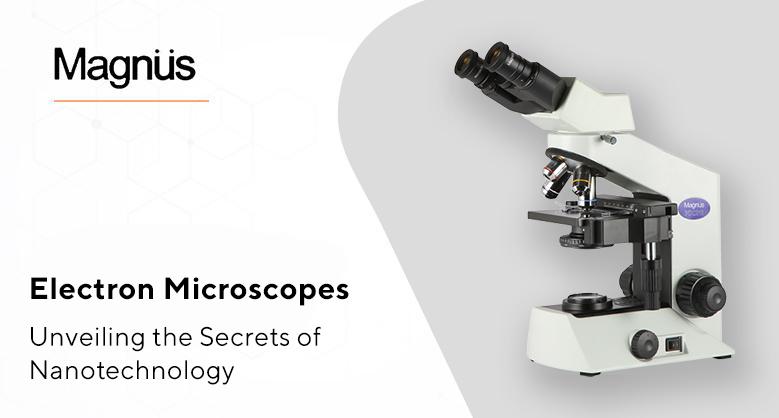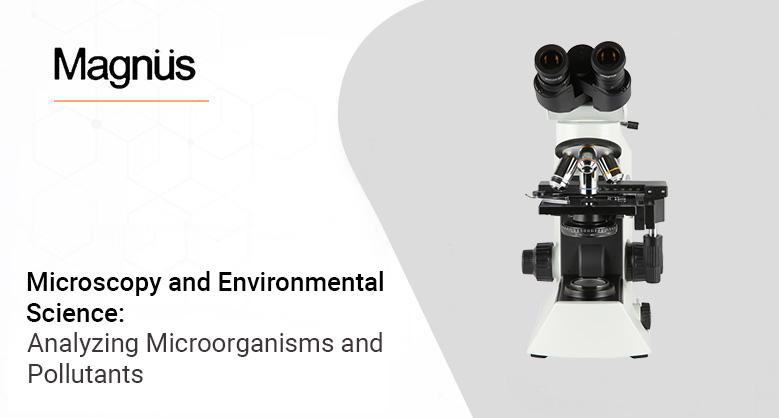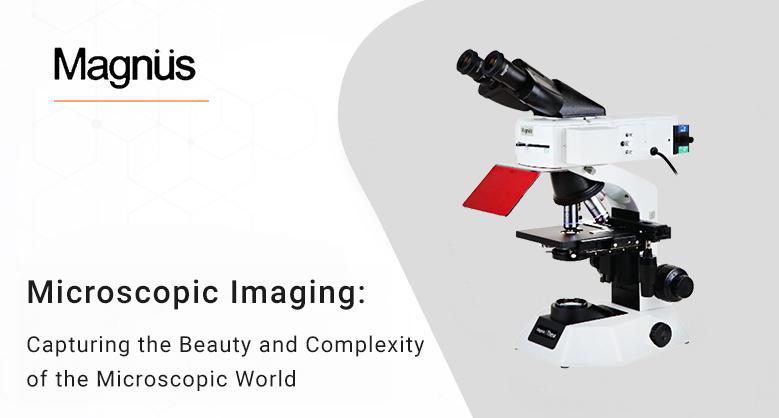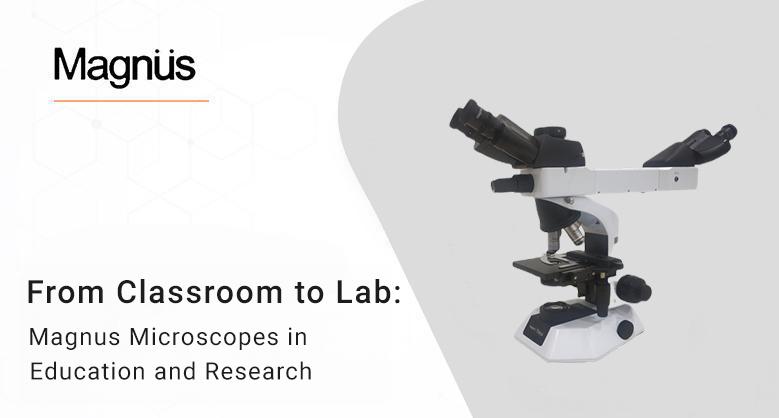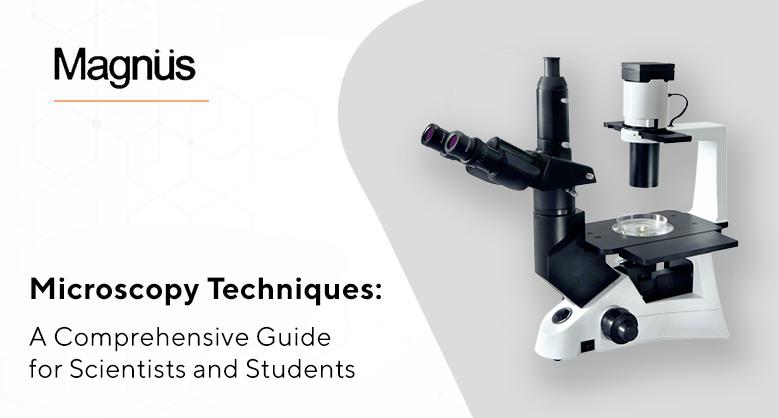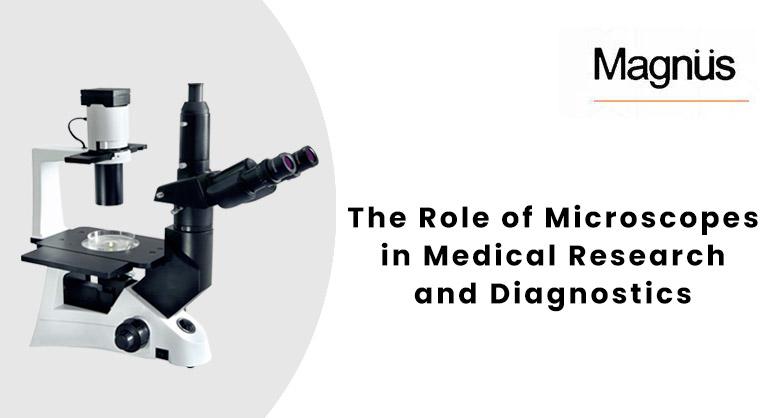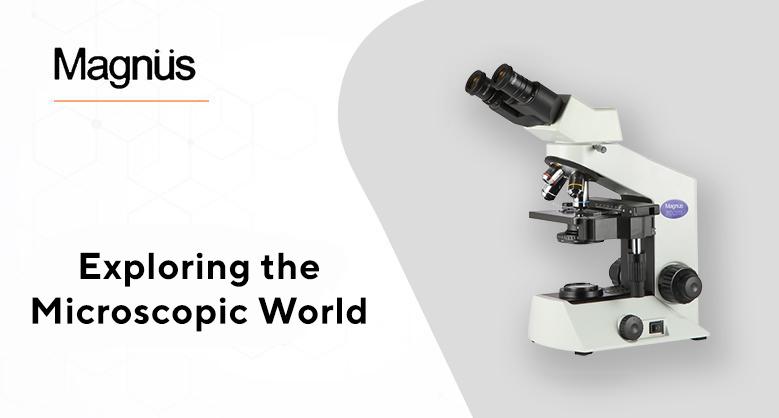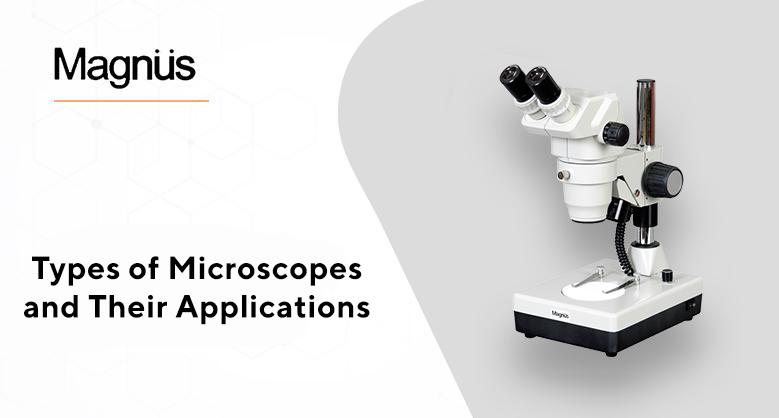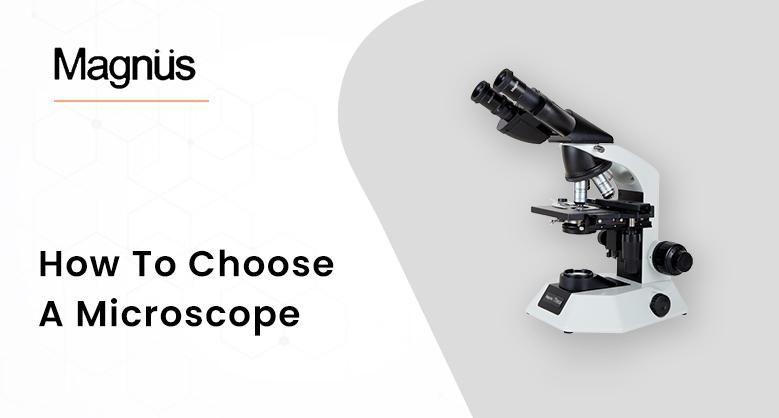Blog
Unveiling the Secrets of Nanotechnology with Electron Microscopes
Nanotechnology is the study and manipulation of materials at minuscule scales ranging from one to one hundred nanometers. Technology has advanced and is now used in many different sectors of the economy. Usually, a large number of producers, researchers, and businesses use nanotechnology to develop and improve a variety of practical goods for daily usage.
Microscopy and Environmental Science: Analyzing Microorganisms and Pollutants
Microscopes are essential and only tools that allow one to observe and study items too small to be seen with the human eye. They are extensively utilized in several disciplines, including Biology, Medicine, Chemistry, and material science.
Microscopic Imaging: Capturing the Beauty and Complexity of the Microscopic World
Microscopic imaging reveals the hidden world beyond our sight. It entails taking precise pictures of small details or structures that are beyond the vision of the human eye. At the microscale, scientists can investigate cells, bacteria, and materials using specialized microscopes and imaging techniques.
Microscopes in Education: Enhancing Learning and Scientific Inquiry
A microscope serves as a magical tool, enabling scientists to magnify small objects. Some microscopes even allow scientists to observe objects at the cellular level, providing insights into the nucleus, mitochondria, and other organelles.
The Role of Microscopes in Medical Research and Diagnostics
For many years, microscopes have been essential to advancing medical research and diagnoses.
Exploring the Microscopic World: Fascinating Discoveries Made with Microscopes
The Evolution of Microscopes: From Early Discoveries to Modern Advancements
In 1590 the two Dutch spectacle makers discovered that when several magnifying lenses were put inside a tube, the objects seen through the tube were larger. This idea resulted in the first microscope but the images produced by these microscopes were unclear, they were more of a novelty and not used for any form of scientific research.
HOW TO CHOOSE A MICROSCOPE
This is a very basic question that depends on a lot of factors but to start with the most important factor is your application. What you need to see and what you want to do with that image will determine what kind of microscope you need; contrary to common knowledge, there are many different types of microscopes, and no single microscope can view everything. Much like any industry, the key to success with microscopy is having the right tool for the job at hand.
- Page Previous
- Page 1
- Page 2
- You're currently reading page 3
- Page 4
- Page Next




